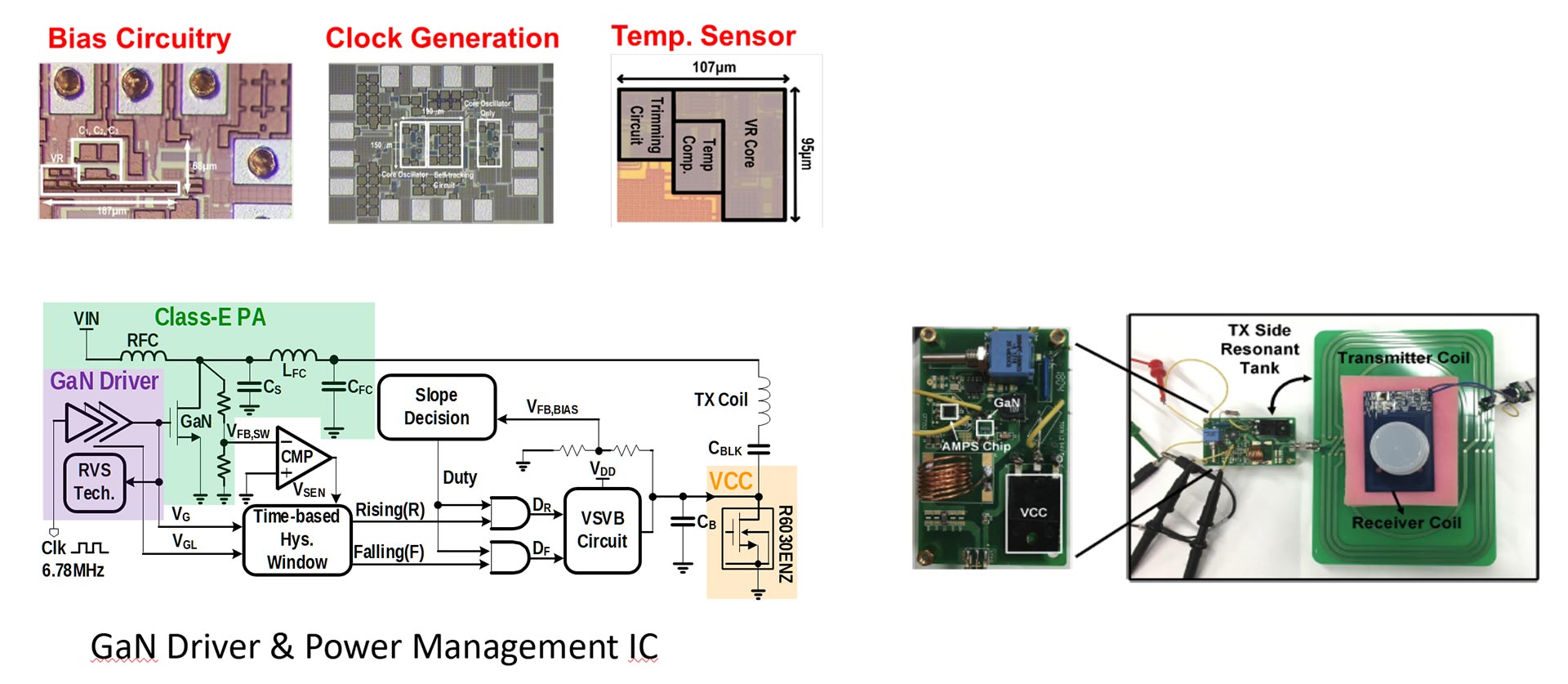Home>Research>
Research and Outcomes>Analog integrated circuit design
Analog integrated circuit design


In recent years, the rapid development in the Internet-of-Things (IoT) emphasizes the significance of analog integrated circuit design, which plays an essential role in the front-end architecture of sensing elements and dominates the performance of the front-end system. The analog integrated circuits include power management circuits, signal processing circuits, interface circuits, bias circuits, and timing pulse generators. Most analog circuits perform signal amplification, filtering, and conversion in the front end. The design of these analog circuits has to consider different performance requirements and provide customized adjustments to fulfill different needs. On the other hand, high-performance power management ICs provide sufficient energy for systems. The power of the ICs can be as low as environmental-energy harvesting or as high as the third-generation semiconductor applications (e.g., SiC and GaN) with high-voltage and high-power outputs. The low-power and high-conversion-efficiency analog ICs help systems reduce power consumption and increase battery lifespans. Last but not least, analog ICs in the front-end circuits require designs with high precision, low noise, and high linearity to fulfill various requirements for front-end signals.



